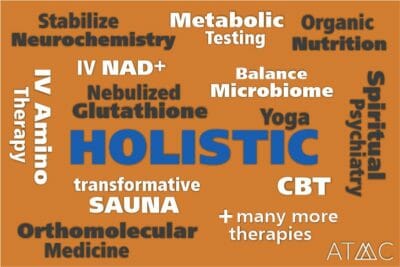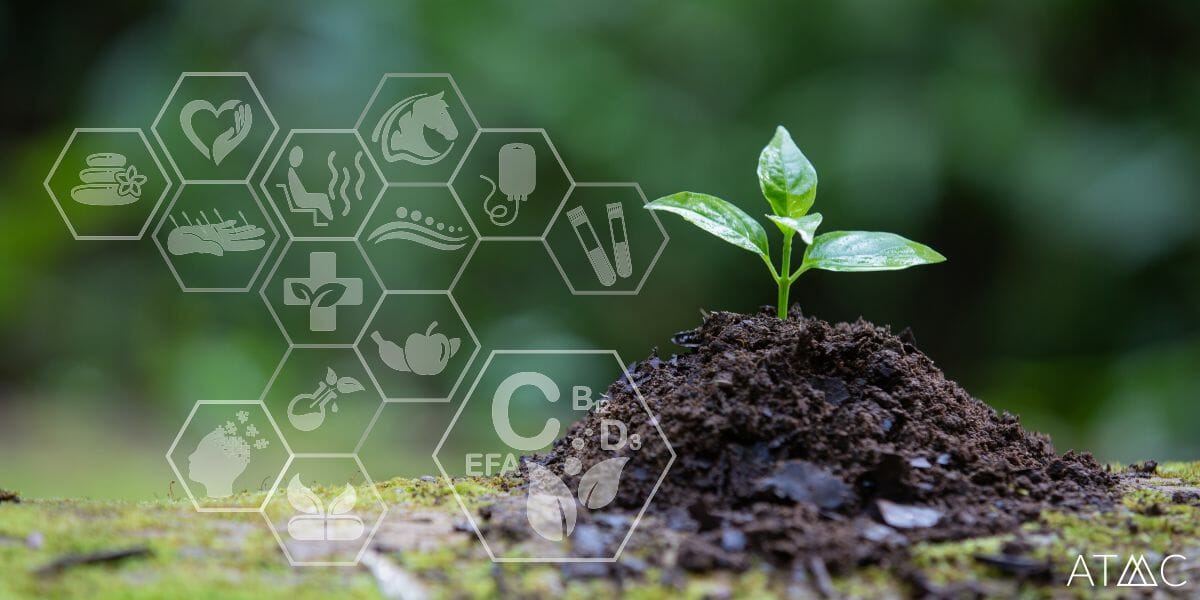Heroin Withdrawal Symptoms
Heroin withdrawal is a potentially life-threatening condition. The process can be intolerable without some assistance and support. Initial symptoms are listed first, and an expanded description follows.15
Heroin withdrawal symptoms within the first 6-12 hours include:
- cravings
- muscle aches and pains
- chills, shaking, piloerection (goosebumps)
- yawning
- dilated pupils
- nausea, vomiting
- abdominal cramps
- anxiety
- fever
- diarrhea
- excessive perspiration
- tearing of the eyes
- runny nose
Within the next day, and for the next approximately 10 days, and for some, much longer periods, other symptoms may arise including excitation, insomnia, restlessness, muscle spasms, elevated blood pressure, tachycardia, low back pain, depression, and dehydration. The severity of heroin withdrawal symptoms will vary depending on many factors, including how long the individual has been dependent on heroin, the amount the person has been using, and general health including the presence of infections or other conditions.
• Heroin Cravings
One of the first withdrawal symptoms to show is cravings. As the last dose of heroin wears off, the body responds by triggering cravings — similar to needing water in the desert, or the need to satiate severe hunger pangs. This craving is for heroin, in particular, meant to coax you into using more heroin in an attempt to block the more severe withdrawal symptoms that are coming.
• Muscle Aches and Pains
Heroin and opioids work on the brain to block pain signals — that is why we often use these types of drugs to treat pain. However, during withdrawal, there is a rebound effect. The nerves become hypersensitive and can report phantom pains back to the brain in the form of muscle cramps, aches, and other severe pains.8
• Nausea & Vomiting
Recovering addicts describe the nausea and vomiting portion of heroin withdrawal as the most relentless and draining symptom. Nausea and vomiting are usually accompanied by an increase in body temperature (fever), along with hot and cold sweats. It is important to replace fluids by drinking 2-3 liters of water per day.6
• Fever
Common during the peak of heroin withdrawal, a slight fever is not unexpected. However, if the body temperature is elevated too much, more than 106° (hyperpyrexia) the individual needs immediate emergency care as they can be in danger of convulsions and even death.5
• Diarrhea
To prevent dehydration it is recommended to drink 2-3 liters of water per day to replace fluids lost through perspiration and diarrhea.6
• Anxiety & Restlessness
Heroin withdrawal-induced anxiety and restlessness are the withdrawal symptoms that heroin addicts often complain are the most difficult to endure. Anxiety during withdrawal can feel like you are unable to sit still or concentrate, accompanied by racing heart and panic attacks.6,7
• Lacrimation & Runny Nose
The body begins to produce excess bodily fluids during heroin withdrawal. These fluids — with nowhere else to go — begin to leak from the body wherever they can. An individual will notice this as an increase in sweat tears and mucous from the nose. Teary eyes that won’t stop (lacrimation) is common in heroin withdrawal, as is a runny nose. Again, hydration is vital during recovery6,8
 Our facility resides within walking distance of the majestic Red Rocks where fresh air, blue skies, and sunshine are abundant virtually all year round in Sedona. Our staff of over forty highly skilled doctors, caregivers, and therapists understand the pain of addiction and were hand-picked for their compassion and dedication to helping others overcome the liability of addiction to heroin and other drugs.
Our facility resides within walking distance of the majestic Red Rocks where fresh air, blue skies, and sunshine are abundant virtually all year round in Sedona. Our staff of over forty highly skilled doctors, caregivers, and therapists understand the pain of addiction and were hand-picked for their compassion and dedication to helping others overcome the liability of addiction to heroin and other drugs. Toxins prevent the absorption of nutrients. Removing them allows us to flood the body with the
Toxins prevent the absorption of nutrients. Removing them allows us to flood the body with the 








